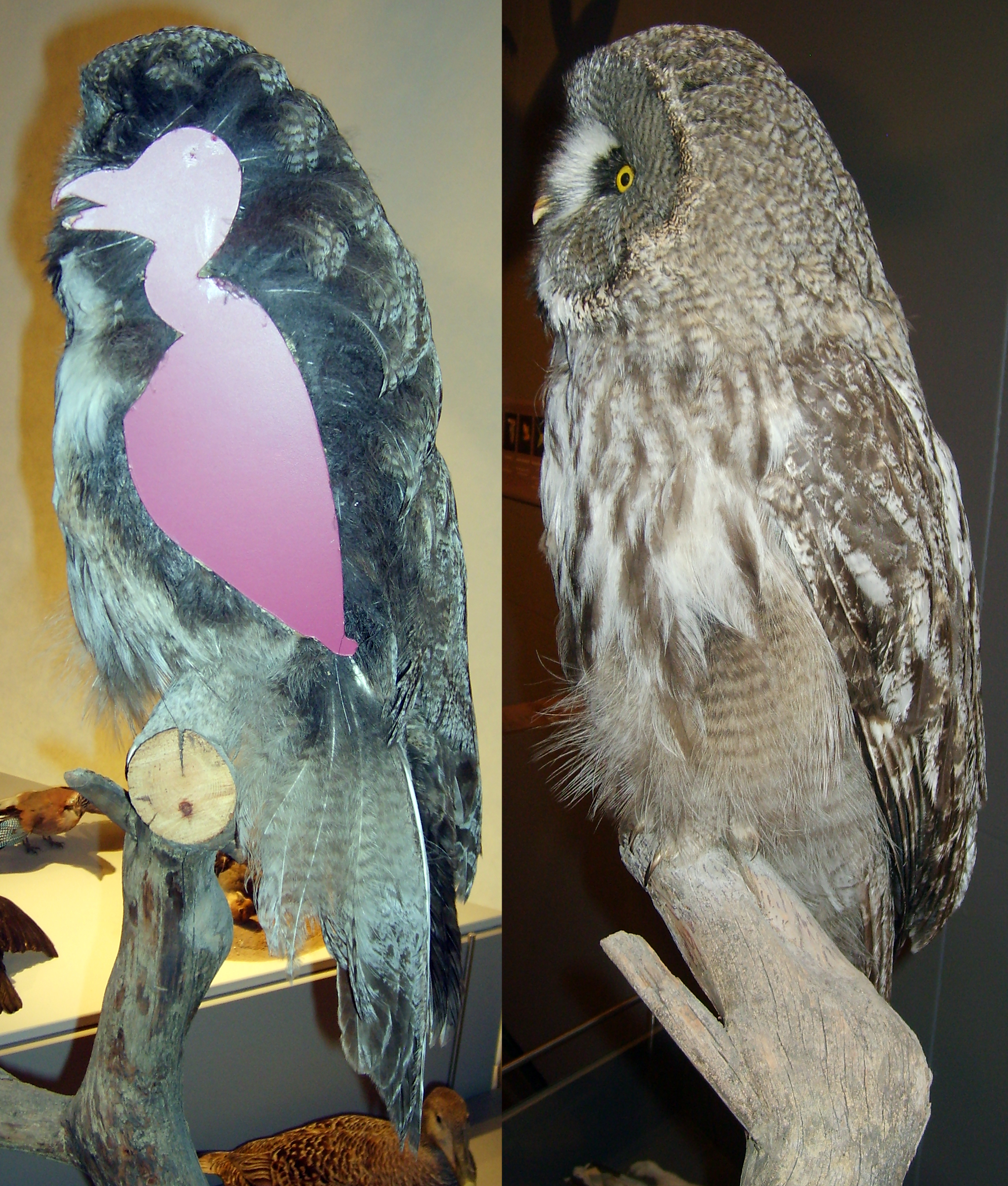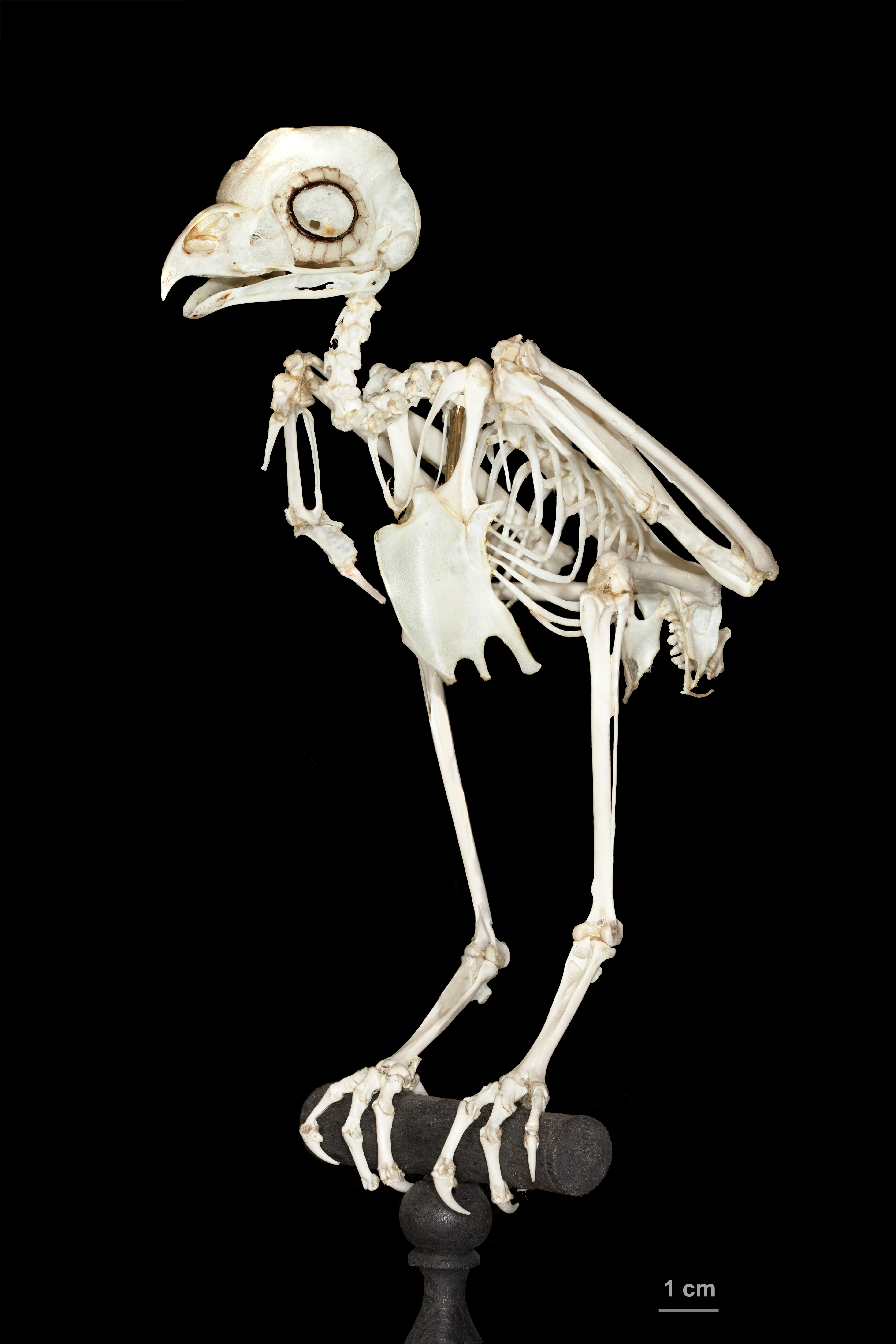|
Asphaltoglaux Cecileae
The asphalt miniature owl (''Asphaltoglaux cecileae'') is an extinct species of true owl which existed in what is now California, United States, U.S.A. during the Late Pleistocene epoch. The species is known from the La Brea Tar Pits. Its osteology suggests a close relation to the owls of the genus ''Aegolius''. See also *''Glaucidium kurochkini'', a pygmy owl species also known from the La Brea Tar Pits *''Oraristrix'', another, much larger owl from the La Brea Tar Pits References {{Taxonbar, from=Q2881753 Pleistocene birds of North America Strigidae Birds described in 2012 Late Quaternary prehistoric birds ... [...More Info...] [...Related Items...] OR: [Wikipedia] [Google] [Baidu] |
Oraristrix
The La Brea owl (''Oraristix brea'') is an extinct owl reported from the upper Pleistocene asphalt deposits of the La Brea Tar Pits in Los Angeles, California. It was first described in 1933 by Hildegarde Howard as ''Strix brea'', but this extinct owl was recently placed into its own genus by Campbell and Bocheński (2010). The Brea owl has also been found in the upper Pleistocene asphalt deposits of Carpinteria, California. ''Oraristrix brea'' is interpreted as more terrestrial in habits than forest owls because, compared to North American species of ''Bubo'' and ''Strix'', it had longer legs relative to its wingspan. See also *'' Glaucidium kurochkini'', a pygmy owl also known from the La Brea Tar Pits *'' Asphaltoglaux'', another owl from the La Brea Tar Pits, this one being more closely related to owls of the genus ''Aegolius ''Aegolius'' is a genus of small true owls. The genus name is from Latin, ''aegolius'', is a type of screech owl that was thought to be a bird of il ... [...More Info...] [...Related Items...] OR: [Wikipedia] [Google] [Baidu] |
True Owl
The true owls or typical owls (family Strigidae) are one of the two generally accepted families of owls, the other being the barn owls (Tytonidae). This large family comprises 230 living or recently extinct species in 24 genera. The typical owls have a cosmopolitan distribution and are found on every continent except Antarctica. Morphology While typical owls (hereafter referred to simply as owls) vary greatly in size, with the smallest species, the elf owl, being a hundredth the size of the largest, the Eurasian eagle-owl and Blakiston's fish owl, owls generally share an extremely similar body plan.Marks, J. S.; Cannings, R.J. and Mikkola, H. (1999). "Family Strigidae (Typical Owls)". ''In'' del Hoyo, J.; Elliot, A. & Sargatal, J. (eds.) (1999). '' Handbook of the Birds of the World. Volume 5: Barn-Owls to Hummingbirds.'' Lynx Edicions. They tend to have large heads, short tails, cryptic plumage, and round facial discs around the eyes. The family is generally arboreal (with ... [...More Info...] [...Related Items...] OR: [Wikipedia] [Google] [Baidu] |
California
California is a U.S. state, state in the Western United States, located along the West Coast of the United States, Pacific Coast. With nearly 39.2million residents across a total area of approximately , it is the List of states and territories of the United States by population, most populous U.S. state and the List of U.S. states and territories by area, 3rd largest by area. It is also the most populated Administrative division, subnational entity in North America and the 34th most populous in the world. The Greater Los Angeles area and the San Francisco Bay Area are the nation's second and fifth most populous Statistical area (United States), urban regions respectively, with the former having more than 18.7million residents and the latter having over 9.6million. Sacramento, California, Sacramento is the state's capital, while Los Angeles is the List of largest California cities by population, most populous city in the state and the List of United States cities by population, ... [...More Info...] [...Related Items...] OR: [Wikipedia] [Google] [Baidu] |
United States
The United States of America (U.S.A. or USA), commonly known as the United States (U.S. or US) or America, is a country primarily located in North America. It consists of 50 states, a federal district, five major unincorporated territories, nine Minor Outlying Islands, and 326 Indian reservations. The United States is also in free association with three Pacific Island sovereign states: the Federated States of Micronesia, the Marshall Islands, and the Republic of Palau. It is the world's third-largest country by both land and total area. It shares land borders with Canada to its north and with Mexico to its south and has maritime borders with the Bahamas, Cuba, Russia, and other nations. With a population of over 333 million, it is the most populous country in the Americas and the third most populous in the world. The national capital of the United States is Washington, D.C. and its most populous city and principal financial center is New York City. Paleo-Americ ... [...More Info...] [...Related Items...] OR: [Wikipedia] [Google] [Baidu] |
Late Pleistocene
The Late Pleistocene is an unofficial Age (geology), age in the international geologic timescale in chronostratigraphy, also known as Upper Pleistocene from a Stratigraphy, stratigraphic perspective. It is intended to be the fourth division of the Pleistocene Epoch within the ongoing Quaternary Period. It is currently defined as the time between c. 129,000 and c. 11,700 years ago. The Late Pleistocene equates to the proposed Tarantian Age of the geologic time scale, preceded by the officially ratified Chibanian (formerly known as Middle Pleistocene) and succeeded by the officially ratified Greenlandian. The estimated beginning of the Tarantian is the start of the Eemian interglacial period (Marine Isotope Stage 5). It is held to end with the termination of the Younger Dryas, some 10th millennium BC, 11,700 years ago when the Holocene Epoch began. The term Upper Pleistocene is currently in use as a provisional or "quasi-formal" designation by the International Union of Geological ... [...More Info...] [...Related Items...] OR: [Wikipedia] [Google] [Baidu] |
La Brea Tar Pits
La Brea Tar Pits is an active paleontological research site in urban Los Angeles. Hancock Park was formed around a group of tar pits where natural asphalt (also called asphaltum, bitumen, or pitch; ''brea'' in Spanish) has seeped up from the ground for tens of thousands of years. Over many centuries, the bones of trapped animals have been preserved. The George C. Page Museum is dedicated to researching the tar pits and displaying specimens from the animals that died there. La Brea Tar Pits is a registered National Natural Landmark. Formation Tar pits are composed of heavy oil fractions called gilsonite, which seeps from the Earth as oil. Crude oil seeps up along the 6th Street Fault from the Salt Lake Oil Field, which underlies much of the Fairfax District north of Hancock Park. The oil reaches the surface and forms pools, becoming asphalt as the lighter fractions of the petroleum biodegrade or evaporate. The asphalt then normally hardens into stubby mounds. The pools and mou ... [...More Info...] [...Related Items...] OR: [Wikipedia] [Google] [Baidu] |
Osteology
Osteology () is the scientific study of bones, practised by osteologists. A subdiscipline of anatomy, anthropology, and paleontology, osteology is the detailed study of the structure of bones, skeletal elements, teeth, microbone morphology, function, disease, pathology, the process of ossification (from cartilaginous molds), and the resistance and hardness of bones (biophysics). Osteologists frequently work in the public and private sector as consultants for museums, scientists for research laboratories, scientists for medical investigations and/or for companies producing osteological reproductions in an academic context. Osteology and osteologists should not be confused with the pseudoscientific practice of osteopathy and its practitioners, osteopaths. Methods A typical analysis will include: * an inventory of the skeletal elements present * a dental inventory * aging data, based upon epiphyseal fusion and dental eruption (for subadults) and deterioration of the pubic symp ... [...More Info...] [...Related Items...] OR: [Wikipedia] [Google] [Baidu] |
Aegolius
''Aegolius'' is a genus of small true owls. The genus name is from Latin, ''aegolius'', is a type of screech owl that was thought to be a bird of ill omen. Taxonomy The genus ''Aegolius'' was introduced in 1829 by the German naturalist Johann Jakob Kaup with the boreal owl (''Aegolius funereus'') as the type species. The genus name is Latin for a screech owl, the word came from the Ancient Greek ''aigōlios'' meaning "a bird of ill omen". In Greek mythology, Aegolius (mythology), Aegolius was originally a man whom Zeus transformed into an owl. Species The genus contains five species: * Boreal owl or Tengmalm's owl, ''Aegolius funereus'' * Northern saw-whet owl, ''Aegolius acadicus'' *† Bermuda saw-whet owl, ''Aegolius gradyi'' (extinct) * Unspotted saw-whet owl, ''Aegolius ridgwayi'' * Buff-fronted owl, ''Aegolius harrisii'' Description ''Aegolius'' owls are small, stout, short-tailed, and broad-winged, with large, round facial discs. The species varies from 18 to 27 c ... [...More Info...] [...Related Items...] OR: [Wikipedia] [Google] [Baidu] |
Glaucidium Kurochkini
Kurochkin's pygmy owl (''Glaucidium kurochkini'') is an extinct species of pygmy owl that existed in what is now California, U.S.A. during the Late Pleistocene Epoch. Discovery and naming The holotype of ''Glaucidium kurochkini'' is LACM RLB K9630, a left tarsometatarsus. The paratypes are left and right tarsometatarsi, LACM(CIT) 155031 and LACM(CIT) 155032, respectively. All three specimens come from the La Brea Tar Pits in Los Angeles, California. They all also persist to the Pit A in Bliss 29 of the area. Other possible specimens that are from the area but cannot be certainly assigned to ''G. kurochkini'' are K9631, a proximal left mandible; K9632, a complete right mandible; K9210, a complete right coracoid; G50, a complete left humerus; K9635, a proximal end of a right radius; K9404, a complete right carpometacarpus; K9350, a complete left femur; K984, a complete left tibiotarsus; and K9402, K9422, and K9423, all left tibiotarsi. Etymology ''G. kurochkini'' was named in 201 ... [...More Info...] [...Related Items...] OR: [Wikipedia] [Google] [Baidu] |
Pleistocene Birds Of North America
The Pleistocene ( , often referred to as the ''Ice age'') is the geological epoch that lasted from about 2,580,000 to 11,700 years ago, spanning the Earth's most recent period of repeated glaciations. Before a change was finally confirmed in 2009 by the International Union of Geological Sciences, the cutoff of the Pleistocene and the preceding Pliocene was regarded as being 1.806 million years Before Present (BP). Publications from earlier years may use either definition of the period. The end of the Pleistocene corresponds with the end of the last glacial period and also with the end of the Paleolithic age used in archaeology. The name is a combination of Ancient Greek grc, label=none, πλεῖστος, pleīstos, most and grc, label=none, καινός, kainós (latinized as ), 'new'. At the end of the preceding Pliocene, the previously isolated North and South American continents were joined by the Isthmus of Panama, causing a faunal interchange between the two reg ... [...More Info...] [...Related Items...] OR: [Wikipedia] [Google] [Baidu] |
Strigidae
The true owls or typical owls (family Strigidae) are one of the two generally accepted families of owls, the other being the barn owls (Tytonidae). This large family comprises 230 living or recently extinct species in 24 genera. The typical owls have a cosmopolitan distribution and are found on every continent except Antarctica. Morphology While typical owls (hereafter referred to simply as owls) vary greatly in size, with the smallest species, the elf owl, being a hundredth the size of the largest, the Eurasian eagle-owl and Blakiston's fish owl, owls generally share an extremely similar body plan.Marks, J. S.; Cannings, R.J. and Mikkola, H. (1999). "Family Strigidae (Typical Owls)". ''In'' del Hoyo, J.; Elliot, A. & Sargatal, J. (eds.) (1999). '' Handbook of the Birds of the World. Volume 5: Barn-Owls to Hummingbirds.'' Lynx Edicions. They tend to have large heads, short tails, cryptic plumage, and round facial discs around the eyes. The family is generally arboreal (with ... [...More Info...] [...Related Items...] OR: [Wikipedia] [Google] [Baidu] |





